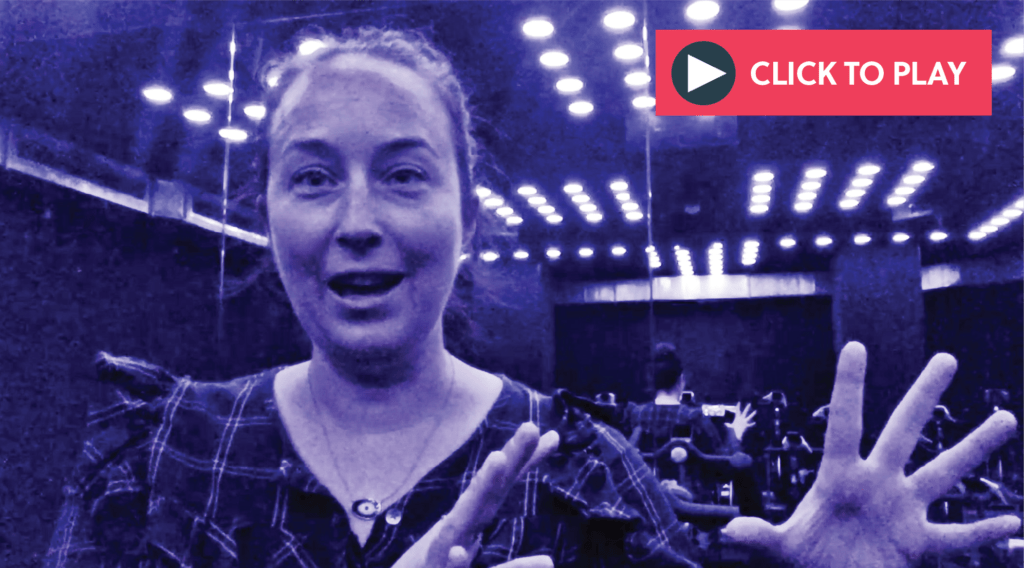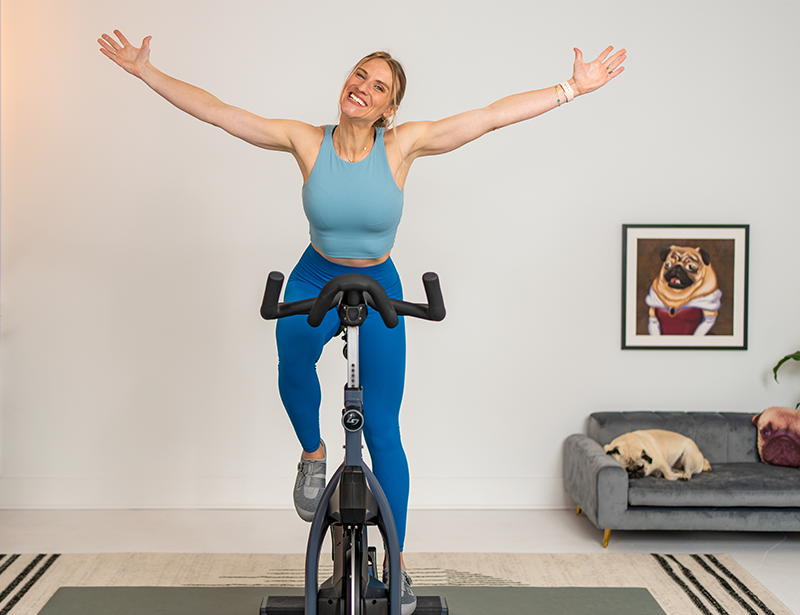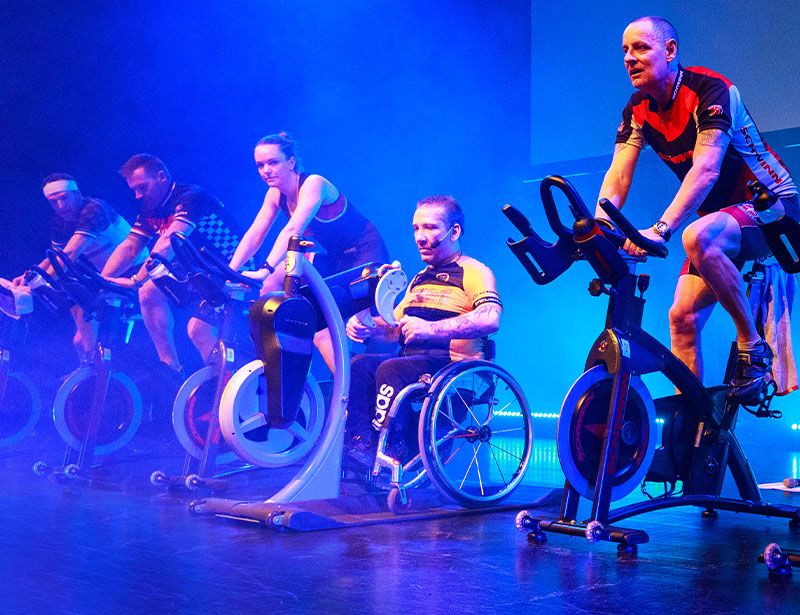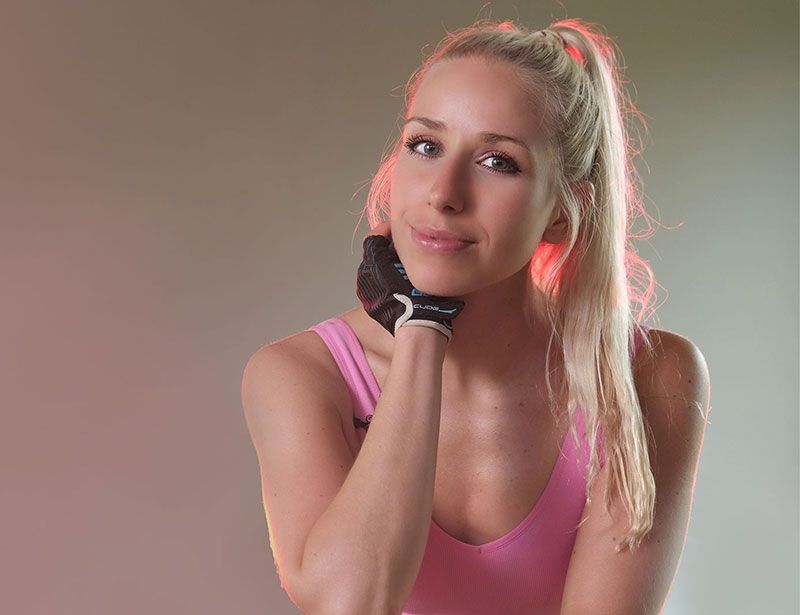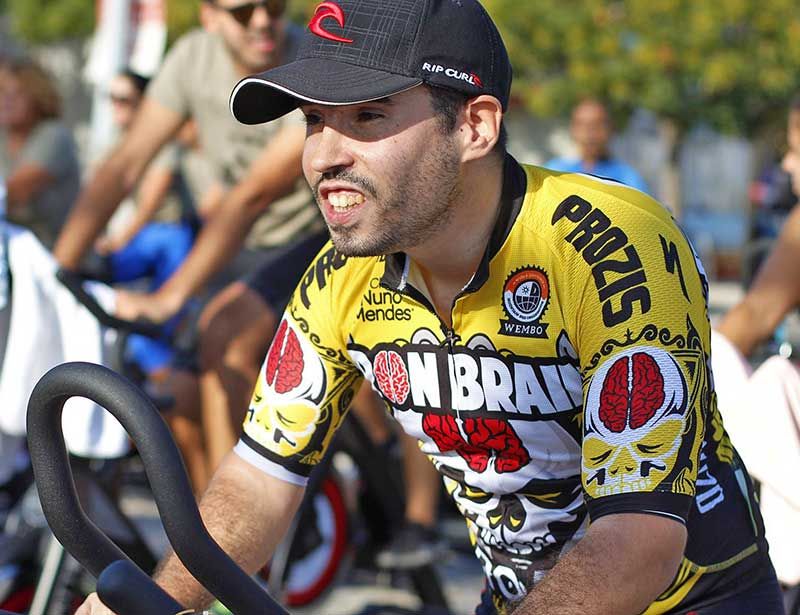Rockstar instructors
The making of a rockstar
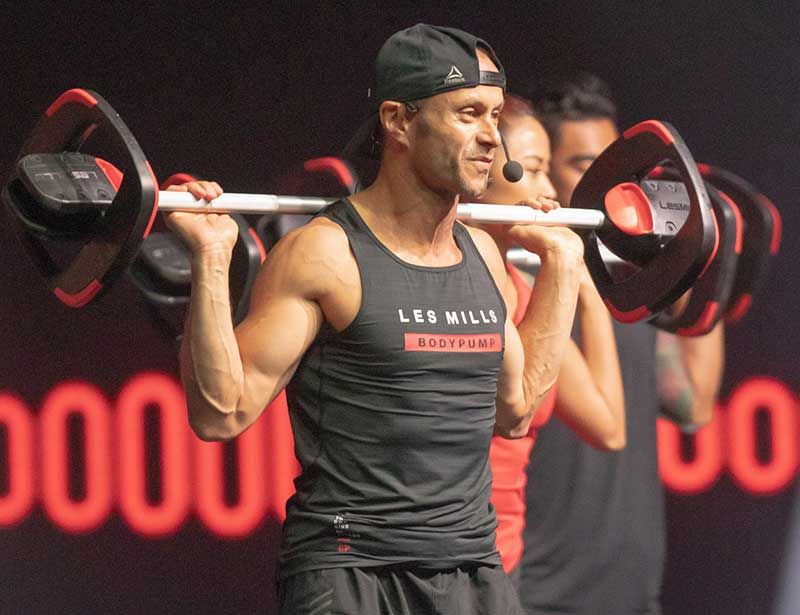
Glen Ostergaard
Les Mills programme director – SPRINT, RPM, BODYPUMP
When you’re talking about rockstar instructors, it’s important not to be too elitist. As our Les Mills training system proves, by focusing on the key pillars of great instruction – technique, choreography, coaching, communication and performance – it’s possible to teach someone to become a world-class instructor.
There is a deeper layer, whereby you know who’s going to be a real rockstar even before they train as an instructor. They just have the X factor, and it tends to come down to soft skills. However, for me the secret is to dive deep into each individual to work out what their superpower is – because everybody has one, and sometimes more than one.
“The faster you identify your superpower and focus on what you’re really good at, the faster you’ll become a rockstar”
You may find your superpower immediately, for others it takes longer, but it’s all about understanding your personality type. Why do you want to be on stage? What is it about you that will draw others to you?
Some people are natural connectors, communicators and community-builders. Others are performers who really connect to the music. There are some whose natural athleticism draws people to them. And then others are natural motivators who can make people really push themselves in class. Over the years, I’ve found these to be the broad areas of superpower: communication and connection, performance, inspiration, and athleticism.
Once you find your superpower, play to that strength: you should always teach from your strongest point. Don’t feel you have to copy others. Work out what you can do better than others, dial that up on-stage, be authentic to who you are and the rest won’t matter so much. People will be drawn to you when you dial up your superpower.
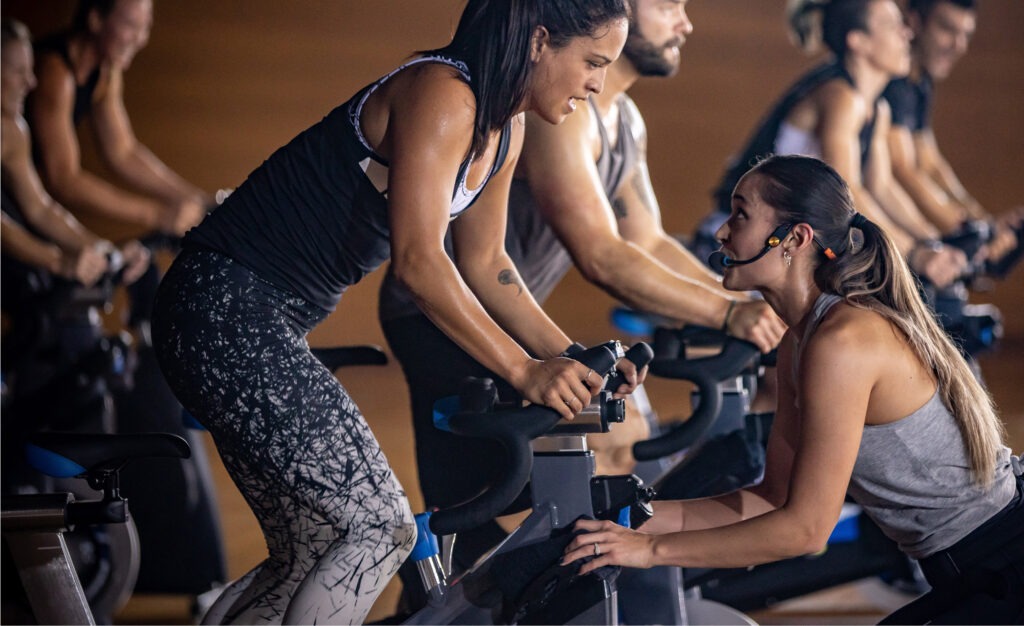
That said, you can’t totally neglect your areas of weakness: you’ll need to be able to bring elements of coaching, connection and motivation into any class. But it is OK to accept that you don’t have to be equally strong in every area. Me personally? I’ve never been great at connection, however hard I work at it, but my superpower is motivation. Know what you’re really great at and have it in your back pocket at all times, ready to pull out whenever you need it.
You may find your superpower influences the classes you choose to instruct, too. I’m programme director for SPRINT, RPM and BODYPUMP, and I’d say SPRINT plays to the strengths of athletes and motivators. For RPM, performance comes to the fore. And then flipping into the digital world, it’s more about coaching, inspiring and motivating; connectors may find it harder to play to their strengths via a screen.
In general, though, the faster you identify your superpower and focus on what you’re really good at, the faster you’ll become a rockstar.
Noël Nocciolo
Cycle master trainer, boutique thought leader, consultant
Hear from Noël on how superstar instructors…
- Are authentically themselves on-stage, but in a heightened way
- Are enter-trainers, marrying experience and training needs in every event
- Can absolutely be taught, with superstardom something that can be nurtured and trained
Renata Jarz
House of Workouts CEO, presenter, speaker, GX consultant
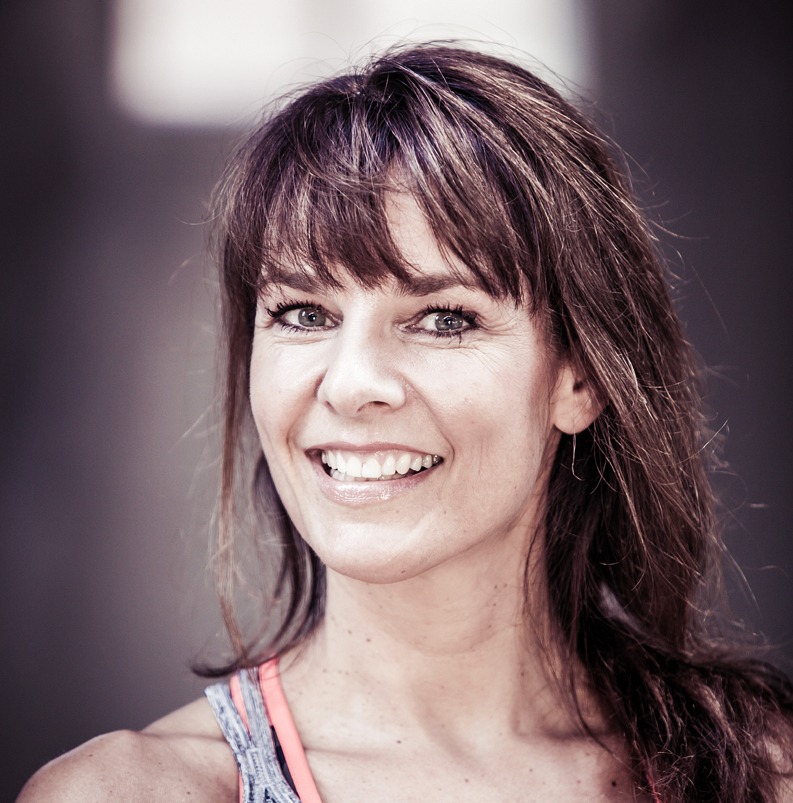
Even those with the greatest charisma still need the basics in place: being fit themselves, good technically, preparing their choreography well and so on. Superstars can’t rely purely on their X-factor to carry them through. It’s like baking a cake: you can’t put all the icing on top if the cake itself isn’t baked properly. Discipline is key.
Empathy is also hugely important, as it underpins genuine connection. Too many instructors want to shine on-stage, whereas the best instructors are motivated by making the people in their classes happy and healthy. They really get to know their participants. They teach as the participants want to be taught, not as they would want to be taught. They get on participants’ level and pitch the class perfectly to those in the room, and to how those in the room feel on any given day. They make every participant feel special and seen.
They use words that activate participants’ right brains, rather than just technical words that activate their left brains, focusing on happiness and feeling good to stimulate endorphins, dopamine and serotonin, ensuring people come out of class on a high.
“Too many instructors want to shine on-stage; the best are motivated by making those in their classes happy and healthy”
They aim to surprise participants every time, making each workout feel different – even if it’s a class they’ve taught before. Every class is scripted, and scripted differently if it’s a re-run, putting the accent somewhere new to avoid falling into the same-old teaching patterns. This inspires participants and helps the instructor stay fresh. I also recommend teaching no more than 14 classes a week, so it remains a pleasure and not just a routine.
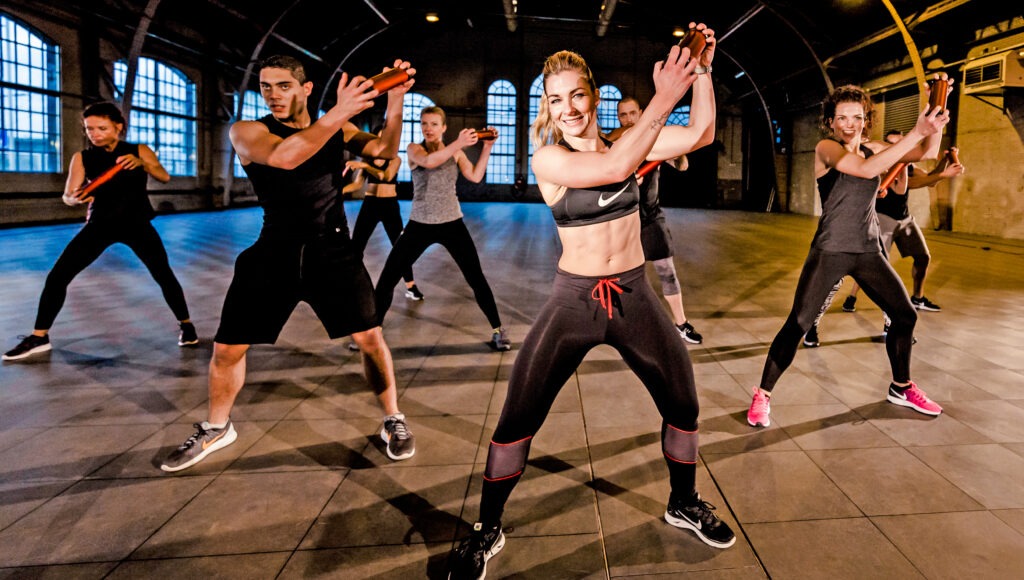
But even then, with all these boxes ticked, there is an X-factor that marks true superstars apart, and this is even truer for digital superstars than for live superstars. For digital channels, where you can’t fall back on in-person interaction, you need that extra twinkle in your eyes, that special smile, that ability to ‘make love’ to the camera.
I’ve been in the room while classes are filmed and felt a real ‘wow’ factor during the live performance, but then seen it played back on-screen and not felt the same. It can happen the other way round, too – great on-screen, live not so good – although generally I find digital superstars are more likely to also be great in-person than vice versa.
It’s also the case that superstardom doesn’t necessarily cross disciplines. You can be great on a bike but terrible in another class format. Your natural style of movement has to fit the programme if you want to be a real superstar.
Sue Wilkie
Head of instructor support, EMD UK

What makes you stand out in a crowd? There will be numerous instructors in your area, many teaching exactly the same release as you. Some might have taught for longer than you, too. They might be more qualified. So why does someone choose to come to your class specifically?
Quite simply, it’s YOU. It’s your innate ability to connect and communicate with participants, building a rapport that makes them want to come back – something I don’t believe can be taught.
It’s your true love for what you do that shines through whenever you teach. Your vibe attracts your tribe; that’s true wherever you teach, whatever type of class you teach.
It’s also about preparation. Being a superstar is a hard role to keep on top of – charisma alone doesn’t guarantee it – so it’s the hours you put in behind the scenes to keep the choreography fresh and the session plans relevant, all while trying to maintain your love of the job.
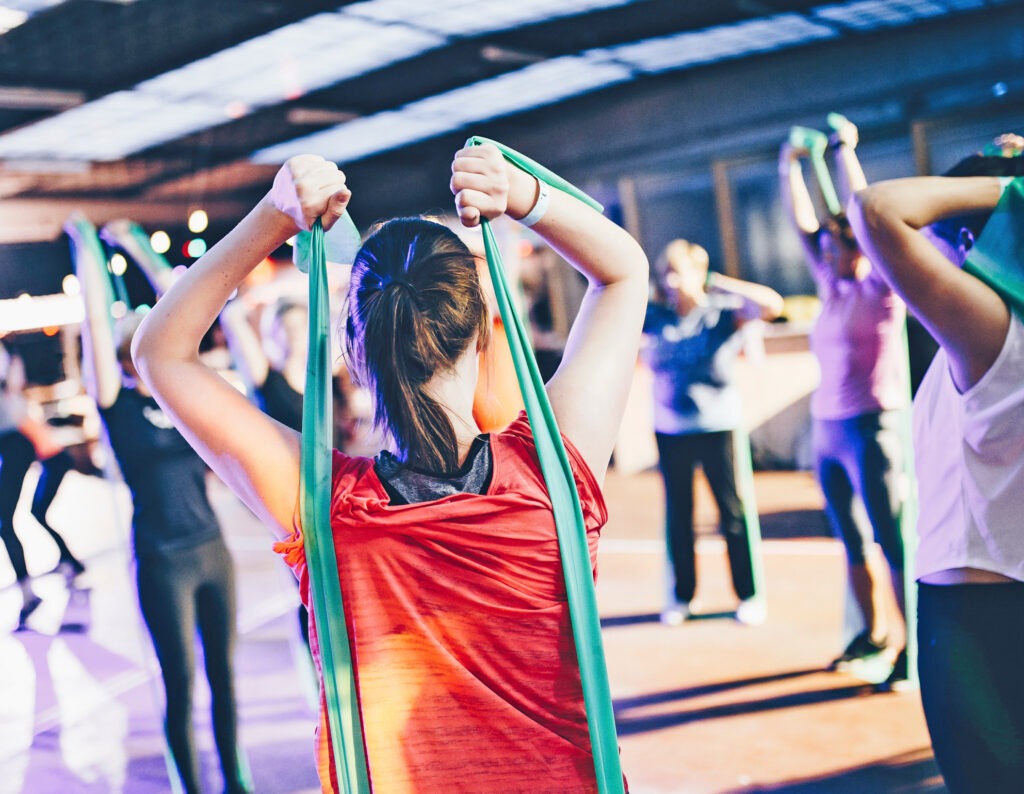
It’s the time invested in recording your delivery of a class, then watching back and evaluating yourself on the three key areas of teaching: Instruct, Coach, Motivate.
It’s the time you take to really know your content and choreography, so you make it look effortless on the day. I’ve spent many hours listening to tracks in the car so I knew every change in tempo, every block, every chorus by heart before putting the choreography to it. You make sure everything flows so you enjoy teaching it, because that shines through and inspires your participants.
“There will be some who just don’t click with you in class. Know not to take this personally. You are who you are. Embrace your uniqueness.”
And of course, it’s about building a community. As a superstar, you teach to the entire class, not just those at the front, so everyone feels welcome and valued. You make time to chat with participants before and after class, too, so they feel part of the community. And you use the insights from those chats – understanding what music or track your community likes out of the latest release, for example, or what goals they have – to make your class experience even better.
And finally, you’re happy to be yourself. Not everyone has the same abilities or attributes, and there will be some who just don’t click with you in class. You know not to take this personally. You are who you are and you embrace your uniqueness.
Video

Conceived, powered and funded by BODY BIKE®, RIDE HIGH has a simple mission: to celebrate and champion the very best of indoor cycling, sharing ideas, stories and experiences from around the world to inspire the sector on to even bigger and better things. Subscribe for free by leaving your details below and we'll send indoor cycling's hottest news direct to your inbox three times a year.

